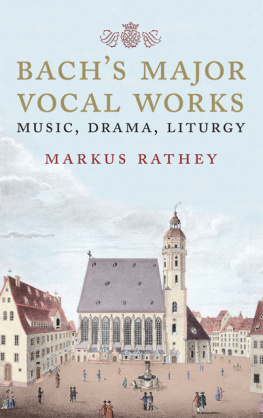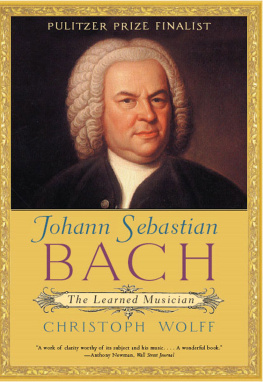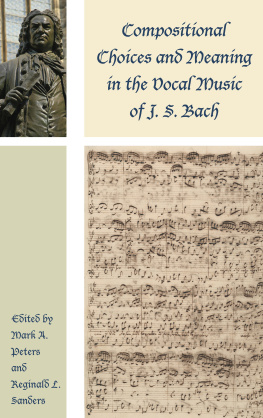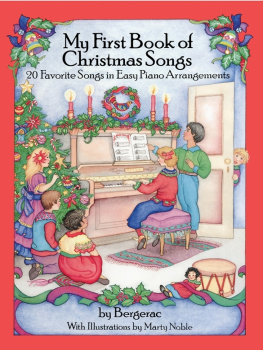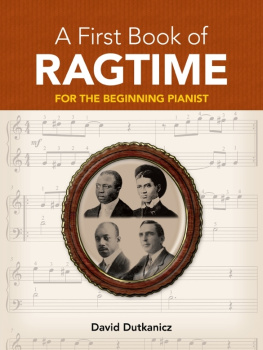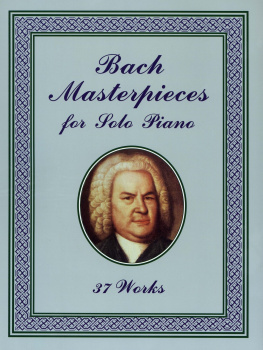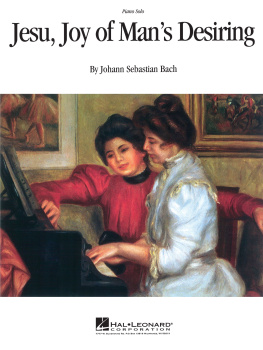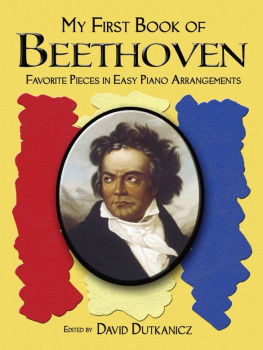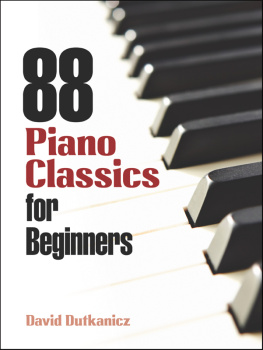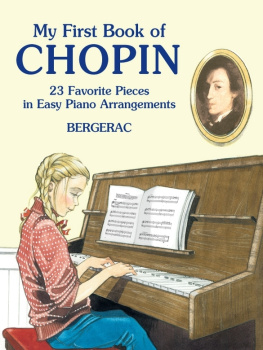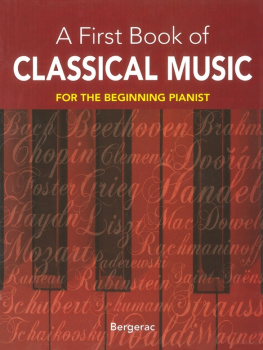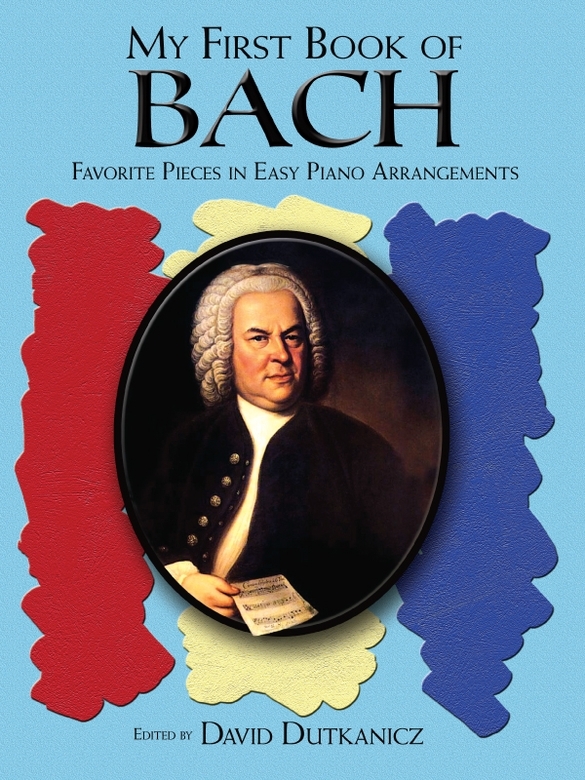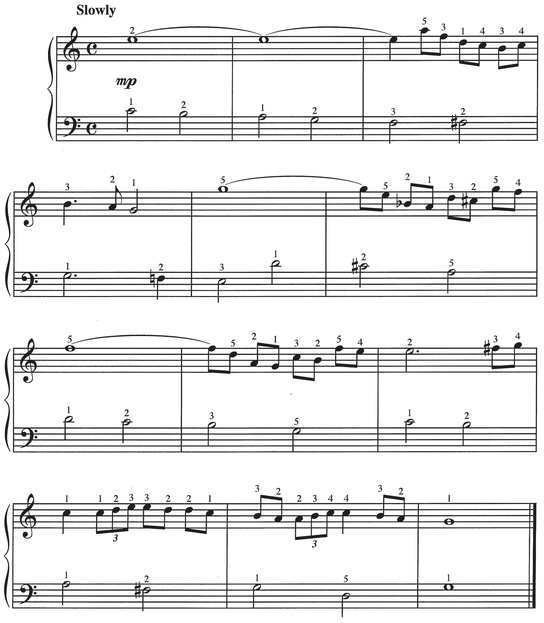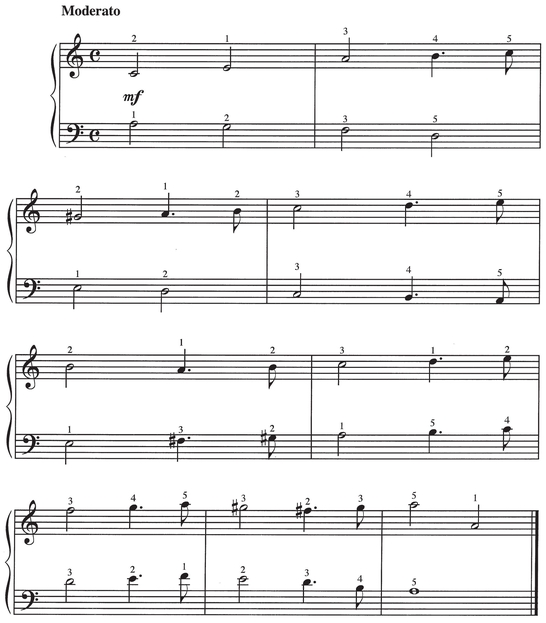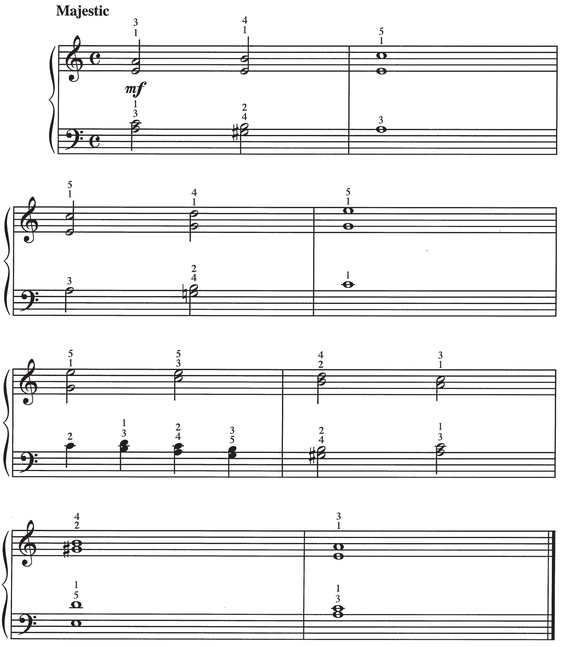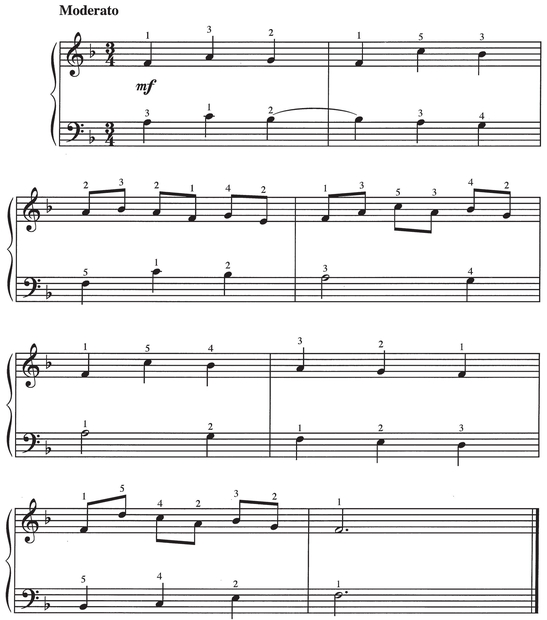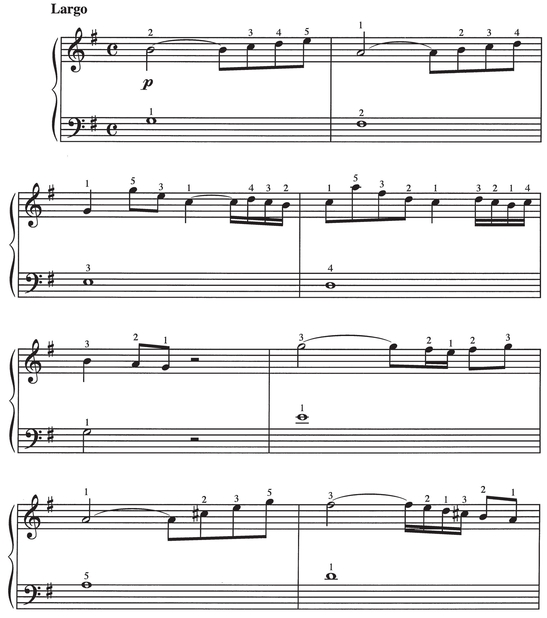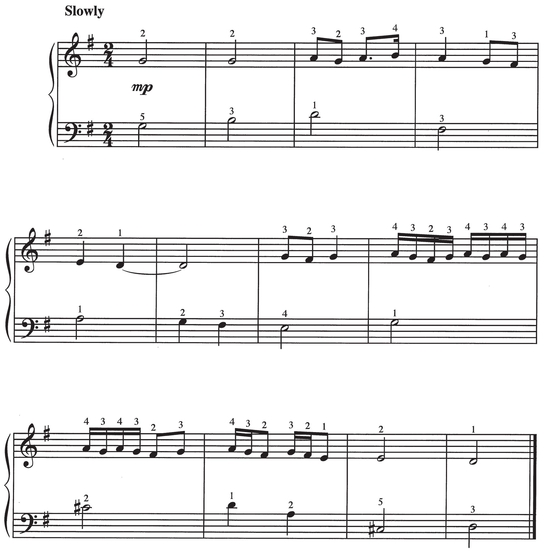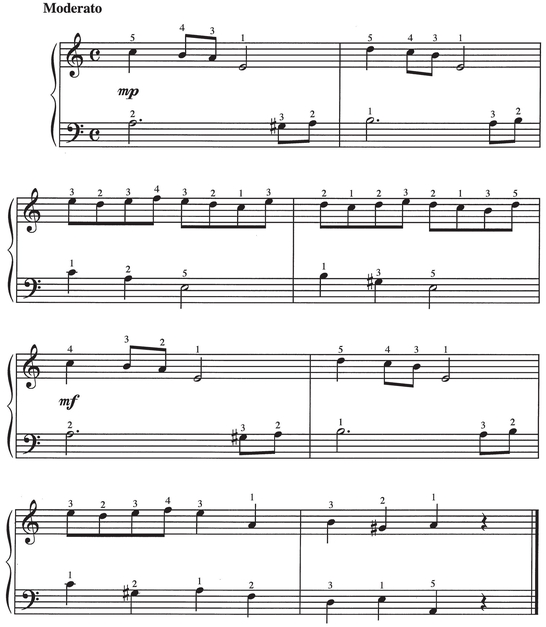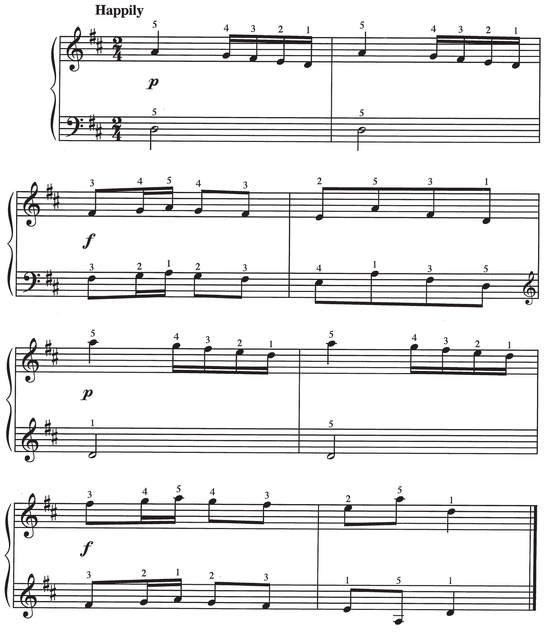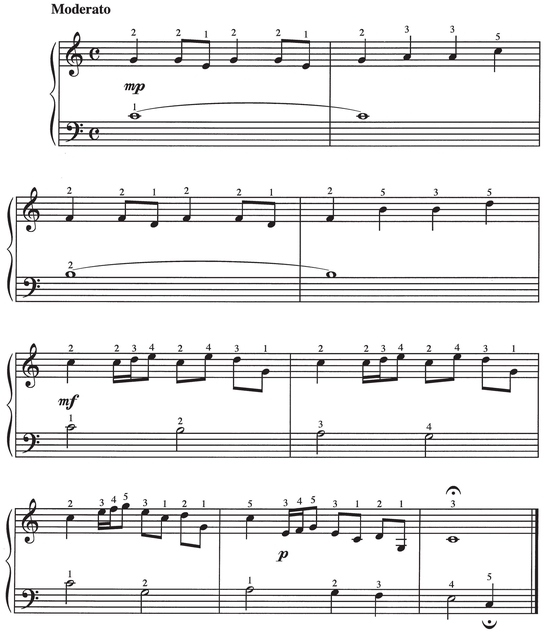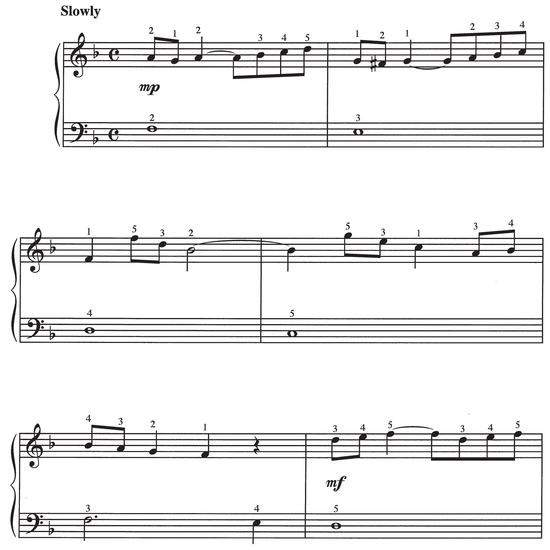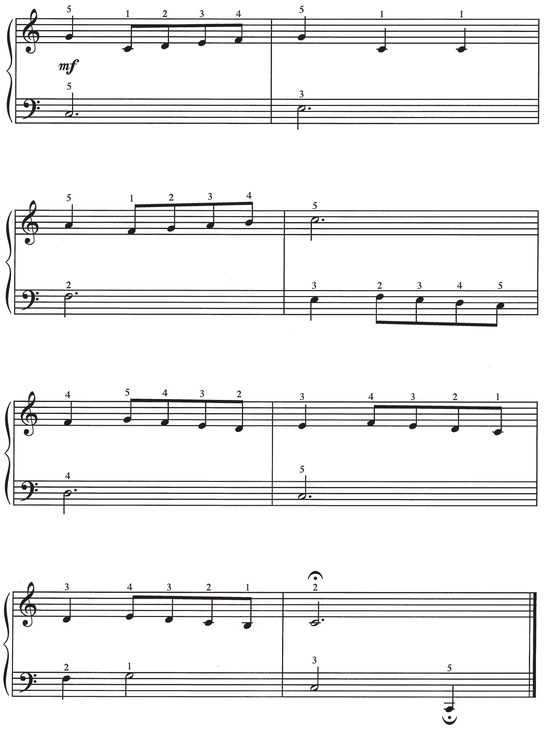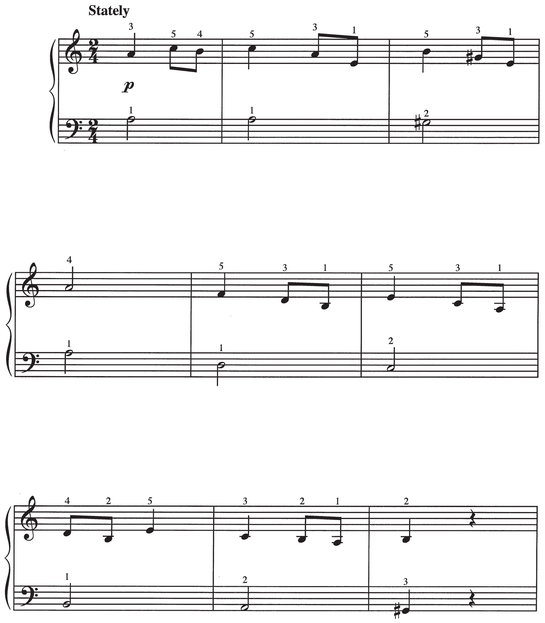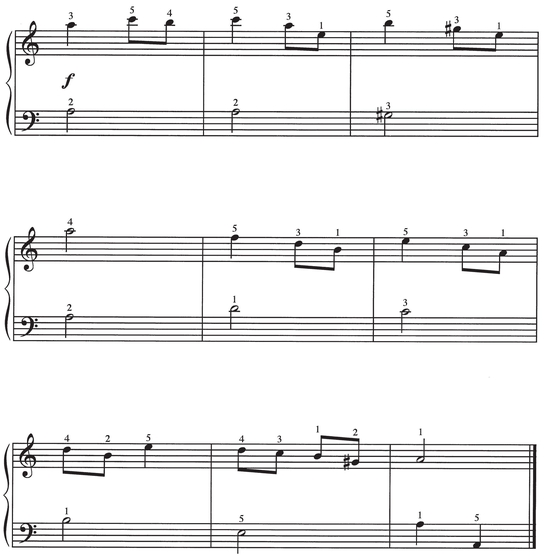Air on a G String
A famous Bach tune, this Air is taken from the Orchestral Suite No. 3. It earned the nickname on a G String after it was arranged for violin and could be played using only one string, the lowest one, which is tuned to G. Keep the tempo slow and avoid any temptation to rush.
Affetuoso
from Brandenburg Concerto No. 5
Bach composed six magnificent concertos for the Prince of Brandenburg. This melody is the opening of the second movement of the fifth. It is marked as affetuoso, meaning affectionate.
Chorale
from Cantata No. 26
A chorale is a work for choir and usually consists of four voices: Bass, Tenor, Alto, and Soprano (in ascending order). In a cantata (a work for voices and instruments), the choir sings a chorale and tells the story. Feel free to pick a voice and sing along!
Menuet No. 1
from Suite in Eb Major
A menuet is a dance in 3/4 time, very popular at the balls and dances that Bach used to perform at. It is usually performed in the middle of a dance suite, after an allegro dance. The slower moderato tempo allows the dancers to catch their breath, and of course, chat with their partners.
Menuet No. 2
from Suite in Eb Major
This melancholic menuet is the second from the Suite in Eb for keyboard. In addition to being a church composer and music director, Bach was frequently in service to many noblemen who asked for new and original music for special occasions and entertaining. In order to provide a full evenings entertainment, he would compose a lengthy suite made up of various dances.
Arioso in G Major
An arioso is a short piece, usually found in a cantata, where a story is sung by a solo singer. Keep the slow Largo tempo consistent, and try to shape the phrases as a singer would.
Aria
from The Goldberg Variations
This charming aria is the opening of the Goldberg Variations , a set of 30 variations based on this piece. It was commissioned by a German count for his court musician, Johann Goldberg. Keep a slow and easy tempo, and gently cradle the melody.
Rondo
from Orchestral Suite No. 2
Rondos were popular movements in musical suites meant to provide contrast and a bit of surprise to the dancing. Certain themes were repeated with new melodies in between, leaving everyone guessing. Keep the tempo elegant and even.
Musette
Musettes are short, dance-like pieces originally written for old instruments that resembled bagpipes and were played outdoors at fairs and festivals. Be sure to contrast the dynamics, highlighting the forte sections in octaves. Keep the tempo brisk remember, its a dance.
Sheep May Safely Graze
While most of Bachs cantatas were written for church, there are a few for secular occasions. This popular melody is taken from the Hunt Cantata , composed to celebrate the birthday of a Duke who was fond of hunting. The text of the music evokes the image of a faithful shepherd keeping watch over his flock, who can now safely graze after the hunt.
Adagio
from Concerto for Oboe
This beautiful melody is taken from Bachs Concerto for Oboe. The oboe was a very popular instrument in his time and was frequently found in orchestras and ensembles. Remember, an oboist needs to breathe, so shape your phrases as if you were breathing the music.
Menuet
from Anna Magdalenas Notebook
This charming piece was found in a notebook of music Bach had written for his wife, Anna Magdalena. Some of the pieces were for teaching, but most were small gifts. Keep the mood merry and light.
Gavotte
from English Suite No. 3
This gavotte is taken from the third of six English Suites composed for keyboard. Keep the tempo at a steady and stately pace. When the melody repeats, play forte and dont be alarmed by the distance between your hands
Gavotte
The gavotte is a lively French dance, in which people hold hands in a single file and are led around the dance floor by the first in line. Be sure to contrast the piano and forte sections, and look out for the change in clefs in the left hand.


